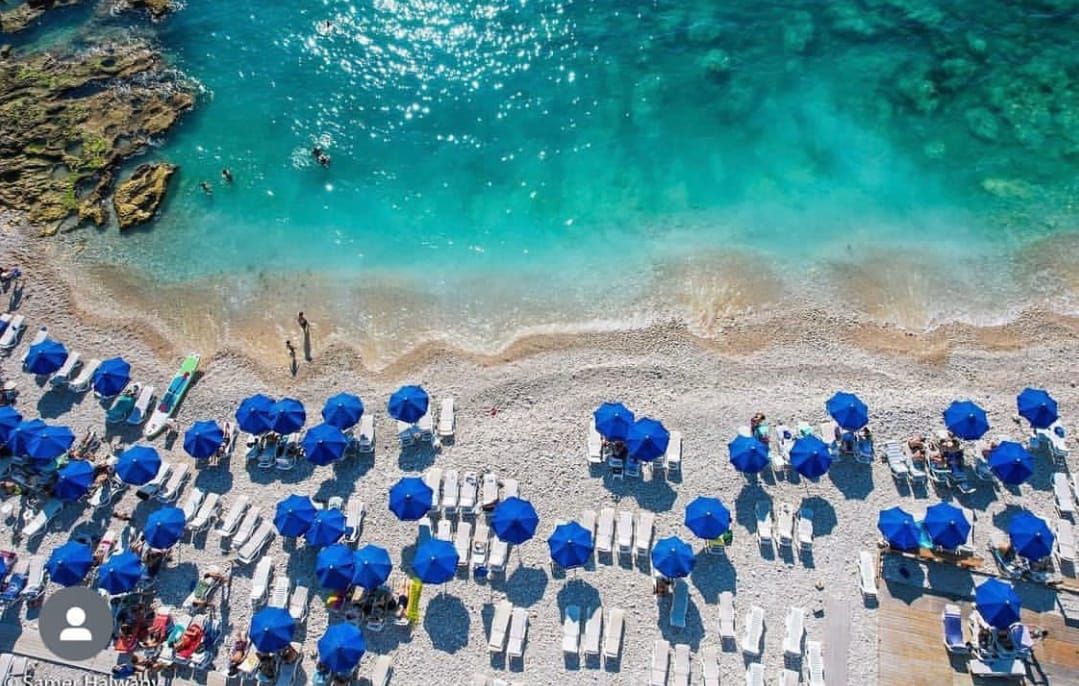
It shines, seduces and gives you a healthy glow. But every summer in Lebanon, sunburn wreaks havoc on infants, children and the elderly. Redness, blisters, fever… Yet, it is not merely a minor skin irritation: sunburns can leave lasting damage. Here’s how to protect yourself effectively.
Sunburn is a skin burn caused by excessive exposure to the sun’s ultraviolet (UV) rays, especially UVB. Within hours, the skin becomes red, painful, sometimes blistered and may lead to fever or general malaise.
For children and the elderly, the danger is greater: their skin is thinner, more vulnerable, and their immune systems are less able to repair the damage caused by UV rays.
Infants and Babies: A Serious Risk
An infant’s skin is extremely sensitive. Their thermoregulation system is still immature, so even a mild sunburn can lead to severe dehydration, fever or even heatstroke.
“Before the age of 1, a baby should never be exposed directly to the sun,” insists a pediatrician in Jounieh. “Even in the shade, reflected sunlight can cause burns.”
Children: Long-Term Invisible Risks
In young children, repeated sunburns significantly increase the risk of developing skin cancer later in life, especially melanoma.
“Five severe sunburns before the age of 18 double the risk of melanoma in adulthood,” warns dermatologist Elie Ballane. “Our solar capital is depleted in the earliest years of life.”
Seniors: Fragile Skin, Underestimated Danger
In older adults, the skin is thinner, drier and heals more slowly. A sunburn can quickly become complicated: skin infections, inflammatory reactions or even the onset of systemic illnesses in vulnerable individuals.
Symptoms to Watch For
• Intense redness, local heat.
• Blisters or oozing skin.
• Fever, headache.
• Dehydration, unusual fatigue.
• In infants: inconsolable crying, drowsiness, refusal to feed.
How to Prevent It
• Sun protection: SPF 50+ sunscreen appropriate for age, reapplied every two hours.
• Anti-UV clothing: wide-brimmed hat, sunglasses, long-sleeved shirts.
• Avoid peak sun hours: between 11 AM and 4 PM.
• Always prefer shade, but beware of reflection (sand, water, tile).
• Drink fluids regularly, even without feeling thirsty.
• No direct sun exposure for babies under one year.
And If the Damage Is Done?
• Apply a soothing cream such as trolamine or aloe vera.
• Take an appropriate pain reliever (paracetamol).
• Reduce temperature using a damp cloth.
• Never pop blisters.
• In case of fever, widespread blisters or lethargy, consult a doctor immediately.
“A burned skin, especially in the most fragile individuals, can become an entry point for bacteria and lead to serious infections, such as impetigo or, more seriously, bacterial dermo-hypodermitis,” warns Dr. Jacques Choucair, head of the infectious diseases department at Hôtel-Dieu de France.
He adds, “We often think sunburn only affects the skin, but in some severe cases, especially in the elderly, we observe a generalized inflammatory response that can impair kidney or liver function. We mustn’t overlook aseptic or viral meningitis caused by enteroviruses, which circulate easily during summer.”
Final Word
Sunburn is not a harmless summer rite. It’s a real skin burn—sometimes severe, often preventable. In a country like Lebanon, where the sun is intense and the beaches so accessible, caution must be the rule, especially for the most vulnerable.
Dr. Jacques Choucair also emphasizes, “What we wrongly call a simple sunburn is, in fact, a first- or even second-degree burn that weakens the skin’s natural defenses. In an infant or an elderly person, it can trigger a cascade of complications. In summer, the real emergency is prevention.”



Comments